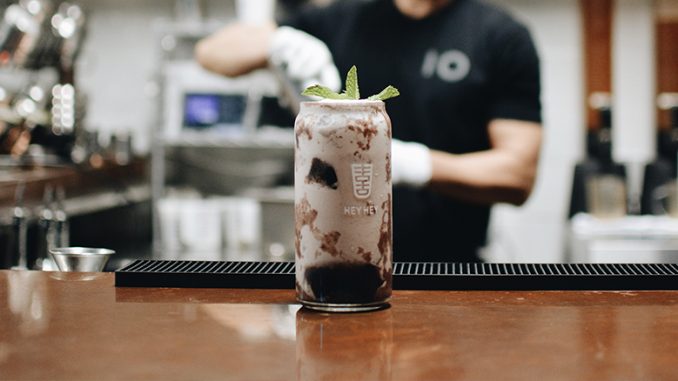
Several cafés are taking a new approach toward bubble tea, with no compromise on authenticity or flavor.
BY EMILY JOY MENESES
SPECIAL TO BARISTA MAGAZINE ONLINE
Cover photo courtesy of Hey Hey
Who says boba and coffee can’t cross paths? Boba, known to some as bubble tea or pearls, first appeared in Taichung, Taiwan, in the early 1980s, and has since found a place in countries around the world. If you’ve ever tried it or seen it, you’d recognize these spherical black tapioca pearls, which typically come as a mildly sweetened addition to flavored milk teas, slushies, and fruity iced teas. Its taste is subtle, but its chewy texture adds a complex taste experience to beverages. It isn’t completely common to see them paired with coffee, much less served in a high-end café setting. However, that’s all changing. Across the U.S., a handful of cafés and teahouses are showing that boba can inhabit the specialty-coffee world—with a special commitment to authenticity and flavor.
One such café is Bobae, located in Woodinville, Wash. Centered around what they call a “farm-to-straw” mentality, the shop utilizes high-quality ingredients from around the world, like coffee from Ethiopia and Colombia and full-leaf tea from Japan and India. Although their menu includes typical favorites like Thai tea and single-origin espresso drinks, each drink is electrified with innovative ingredients like pumpkin, ube, rose, strawberry, brown sugar boba, lychee jelly, and more.
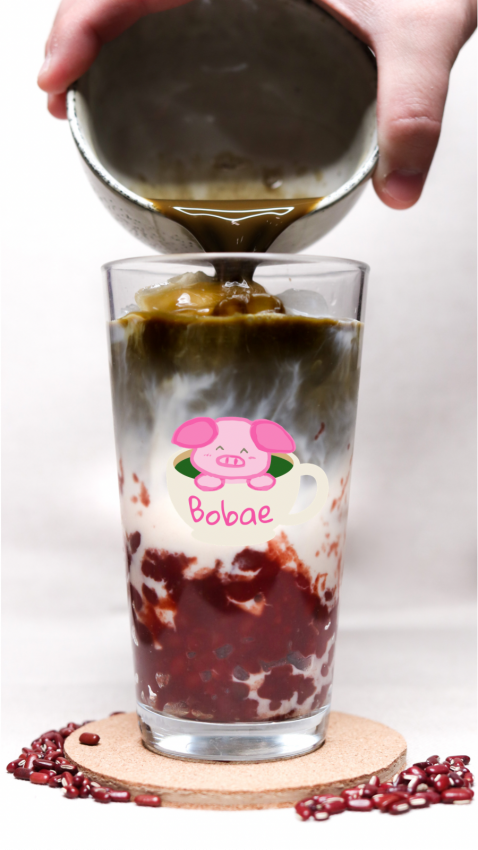
When owners Karma Lee (she/her) and Joey Lee (he/him) launched Bobae, they wanted to create a space where they could treat boba and coffee with equal amounts of technique and care—an ode to both Washington’s well-known coffee scene and Karma’s upbringing in Macau, China. When describing the evolution of boba, Joey explains that just as much care and intention can be used when making bubble tea as when crafting specialty coffee.
“Everybody’s accustomed to the powders and syrups, and we’re changing the dialogue by introducing farm-fresh, natural ingredients,” Joey states. “We want to elevate the bubble tea and cafe experience … and I think we do a really great job of combining the best of both worlds.” So, what does the best of both worlds look like? Karma and Joey describe the beauty of adding boba to a single-origin iced Americano, or topping bold, citrusy Earl Grey tea with bright and fruity Ethiopian espresso. To them, the possibilities are truly endless—and their playful yet skillful approach is reflected in their rotational menu, which allows ample room for creativity.
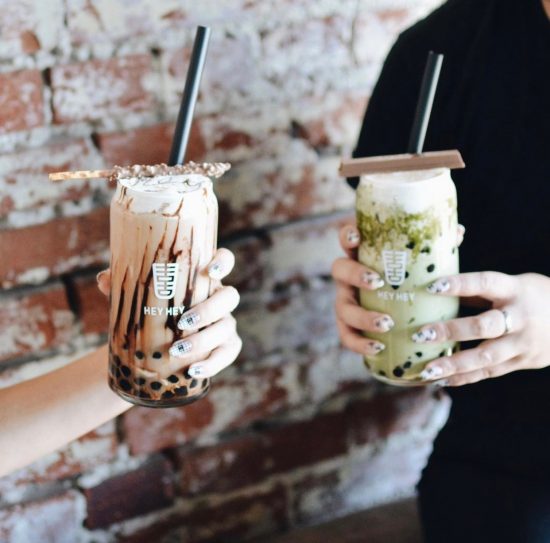
Nestled in Los Angeles’ bustling Echo Park, Hey Hey shares Bobae’s sentiments on using fresh, high-quality ingredients. Though L.A. has long been known for its boba scene, Hey Hey has amplified the experience by offering cocktail-like boba drinks that incorporate elements like mint, thyme, and house-made taro and ube jam. The shop features an array of coffee beverages, including Vietnamese coffee and a house special called The Strike, a chocolatey blend of cold brew, boba, and sea salt cream. For those who prefer something more simplistic, the shop also offers cold brew infused with subtle, aromatic essences like pomelo and winter melon.
Hey Hey founder Christopher Kwok (he/him) was born to two immigrants from Hong Kong, and when talking about his shop, he reminisces about his childhood days spent in classic L.A. boba shops. “I grew up drinking the ‘buy one get one’ milk tea boba deals at places like Ten Ren’s and Tea Station, but I saw a gap between Asian businesses and Western specialty-coffee shops,” he shares. “While Western cafés focus more on quality ingredients, Asian shops bring the creativity and diversity—they feature ingredients that most people (here in the states) haven’t tried before.”
“Before starting Hey Hey, I’d never seen an L.A. boba shop with a focus on both: with both the authenticity of classic boba shops and an emphasis on mixology,” he continues. “I wanted to provide that same classic boba shop feeling, but with the qualities of a specialty café, like making ingredients in-house and allowing customers to see their drink being made.”
Prior to the pandemic, Hey Hey’s lounge-like interior featured interactive elements like board games and even a piano. The shop’s bar setup gives customers the opportunity to see their drinks being crafted behind the counter, with classic mixology tools like bar spoons and cocktail shakers. Expanding on the shop’s set-up, Christopher describes his intent to provide an alternative to bars and the typical café.
“If you go to any café here in L.A., you’ll mostly find people working or studying,” he shares. “And that’s fine, but we also need spaces where people can just relax and connect, and I feel like boba provides a unique foundation for that.”
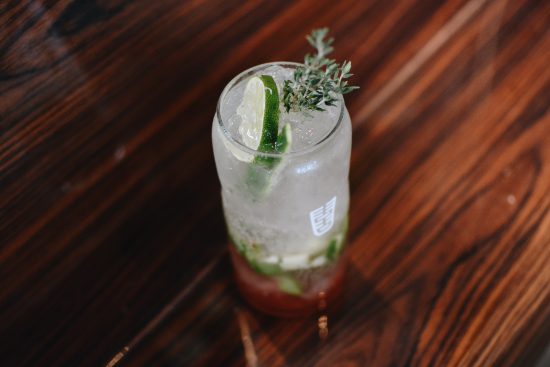
Christopher also draws attention to the importance of authenticity when crafting boba drinks: “People always think of Asian food (and beverages) as ‘cheaper,’ made quickly and with low-quality ingredients. I want to change that (perception)—I want to make Asian flavors popular with the American palate,” he says. “We get a lot of customers who have never tried boba before, and we want our drinks to be approachable without ever compromising authenticity or flavor. There is a Western component to our shop, but I want people like myself, who grew up drinking boba, to come in here and know they’re getting a good, authentic drink.”
Other cafés merging the worlds of boba and coffee? Located in the heart of New York City’s Koreatown, Grace Street Café uses George Howell Coffee and offers boba in all sorts of coffee drinks: from espresso-based beverages, to cold brew and Vietnamese coffee—and most notably, Dalgona coffee. Lattes infused with rose petal and lavender, green tea-shaved snow, and even milk tea boba toast make the Korean dessert café a worthy stop for anyone in NYC.
With the immense creativity, fun, and passion they infuse into their menus, Bobae, Hey Hey, and Grace Street remind us that our idea of the “typical café” shouldn’t be set in stone—there’s an entire world of flavors to try, and there’s always room to create something new. And to the coffee purists feeling a bit skeptical, I say give it a shot. Life is short, and you might as well throw some boba in your drink!
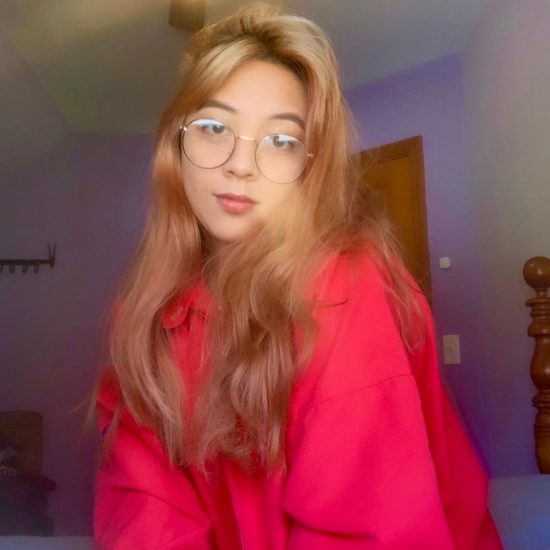
ABOUT THE AUTHOR
Based in Los Angeles, Emily Joy Meneses (she/her) is a writer and musician passionate about culture and collective care. You can regularly find her at Echo Park Lake, drinking a cortado and journaling about astrology, art, Animal Crossing, and her dreams. Explore her poetry, short stories, and soundscapes on her website.

